An interior design project is like a dance between creativity and functionality. But even the best dancers can make a few missteps.
However, mistakes can still occur despite extensive training, knowledge, wisdom, and experience. Nevertheless, these errors do not diminish the value of your work in transforming people's lives through well-designed spaces. Valuing the work of an interior designer means recognizing their ability to identify practical obstacles and overcome them. This highlights the importance of a professional who can create visually striking and functionally captivating spaces.
In this blog article, we'll explore the 7 mistakes that all interior designers should be aware of to ensure the success of their projects.
“An empty room is a story waiting to happen, and you are the author.”
Charlotte Moss, American interior designer
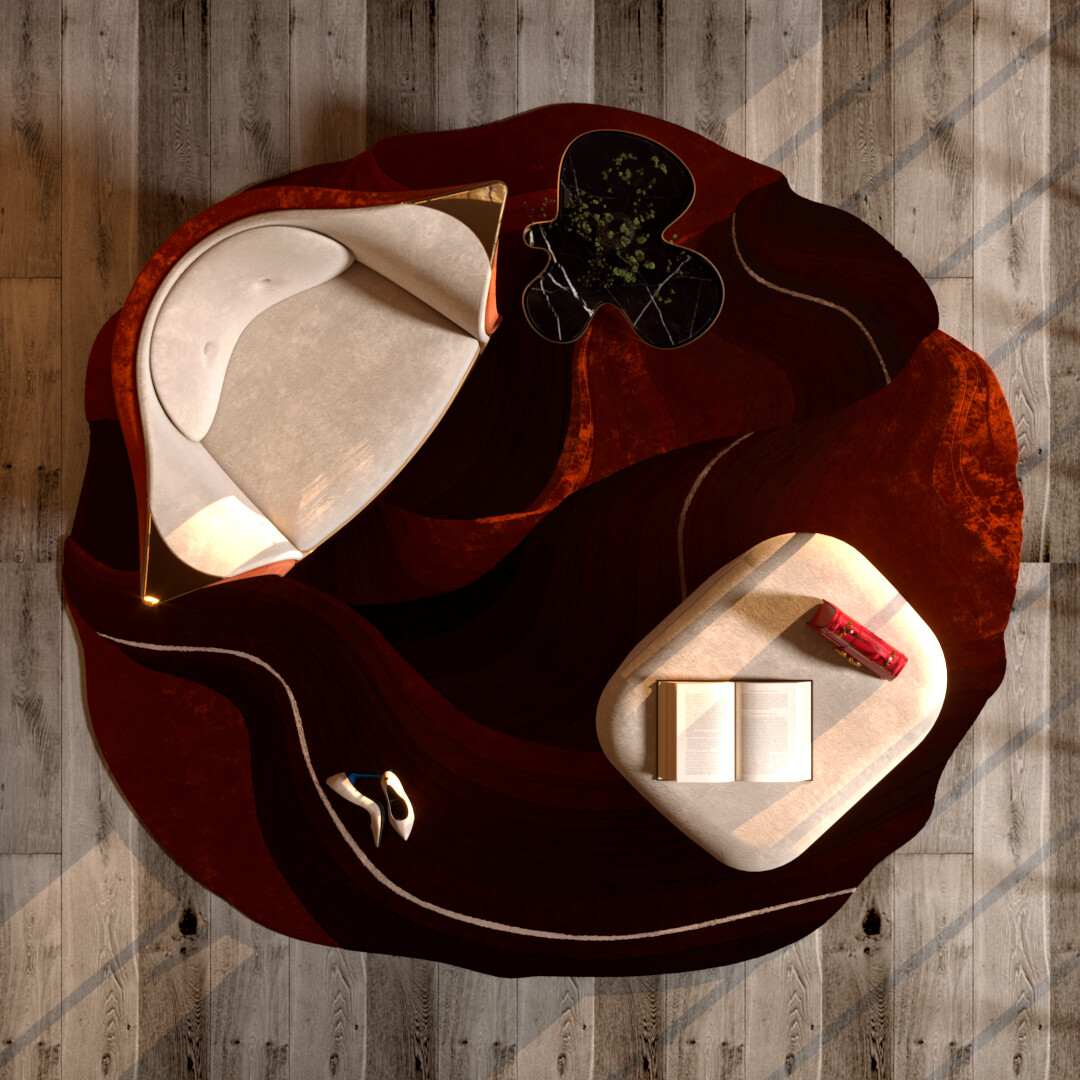
To achieve personalized decoration, an interior designer must not only execute their own vision but also facilitate their client's needs and tastes. The true mastery of the interior designer lies in translating their client's unique desires and lifestyles into a tangible space.
For instance, if a client values functionality and has a large family, the designer should incorporate practical elements into the design to meet their needs with ease. Neglecting the importance of durable and practical furniture can lead to an aesthetically pleasing but inefficient living space. It is crucial to involve the client in the project through detailed conversations to understand their routines and desires.
Blending the client's dreams, desires, and personality transforms mere bricks and mortar into a living testament of individuality, aesthetics, and functionality. Therefore, always remember that designing homes is a truly intimate and personal endeavor.
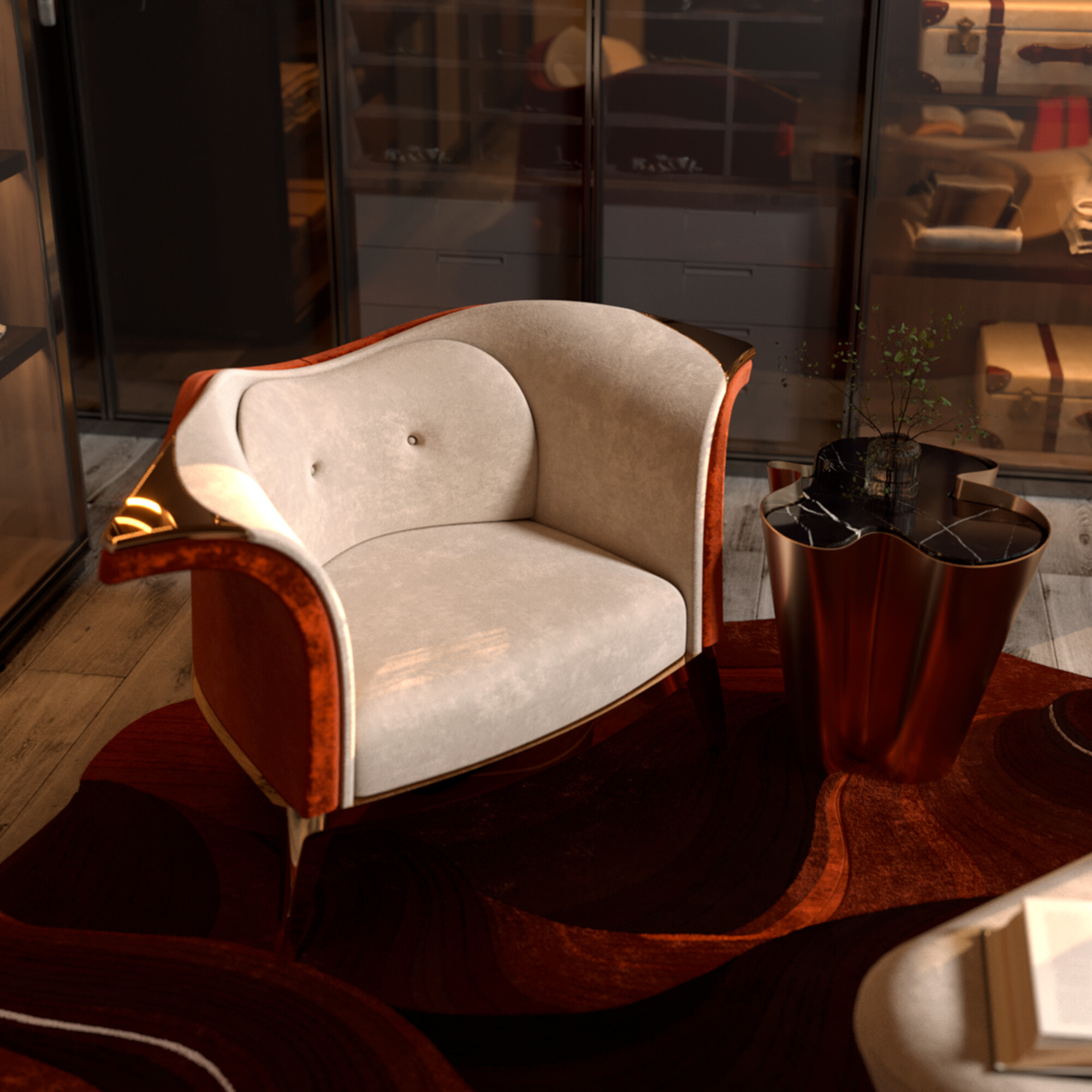
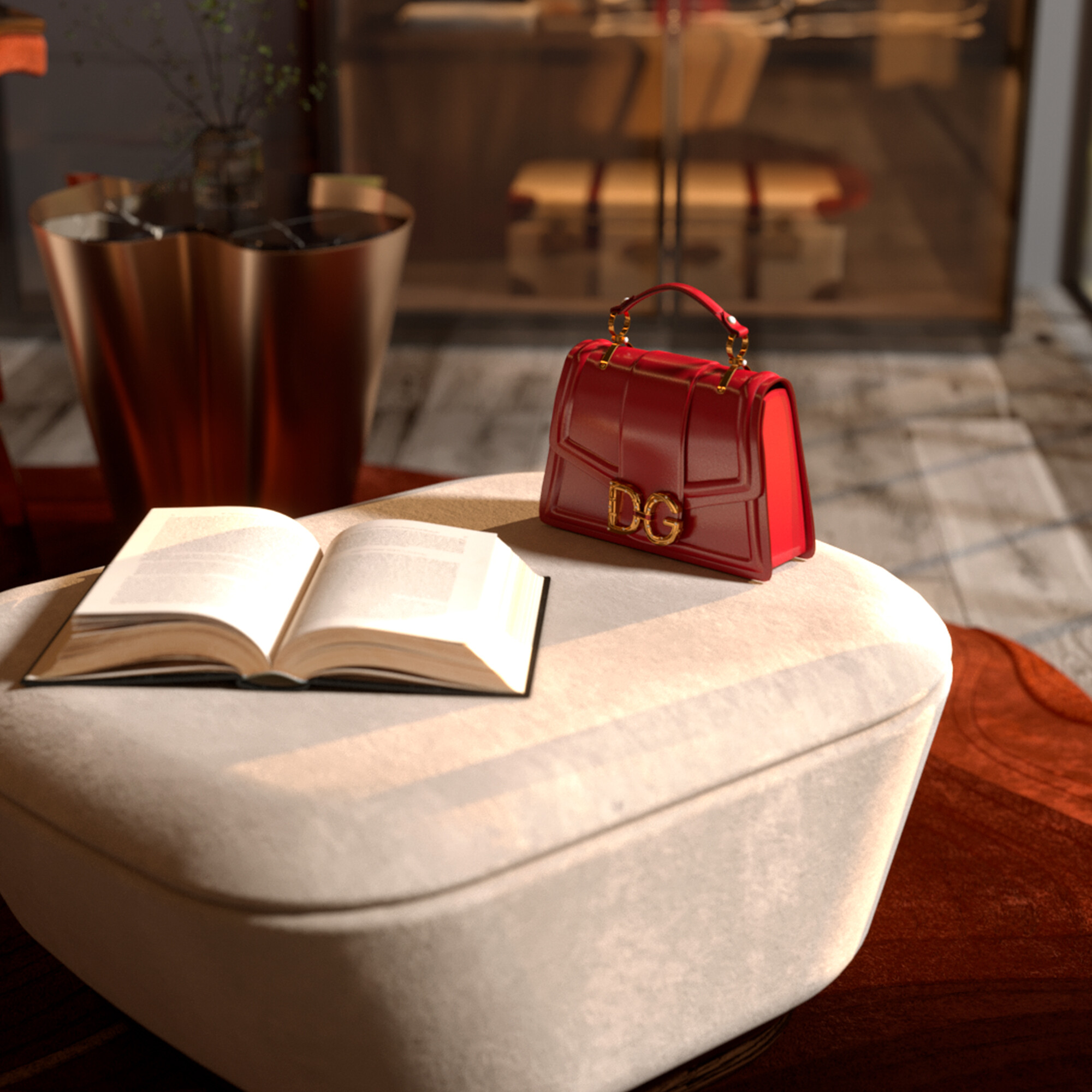
Few things are more frustrating than bumping into furniture whenever you try to move around a house. By rearranging the furniture to improve circulation and maximize traffic flow, you can completely transform the feel of your client's home. Rooms should have fluidity and ensure easy circulation with passageways. Leaving gaps between furniture and walls makes the room airy and light.
A well-decorated space can be about more than just beautiful furniture or how each piece relates to its surroundings. The lack of spatial planning can lead to inefficient and unbalanced layouts, undermining the space's functionality. Careful consideration of furniture dimensions and people circulation in the room is crucial to avoid inefficient layouts.
Modular furniture is an excellent option for optimizing space. Mies modular sofa from ALMA de LUCE offers exceptional compositional versatility, striking a balance between minimalist design and generous proportions.
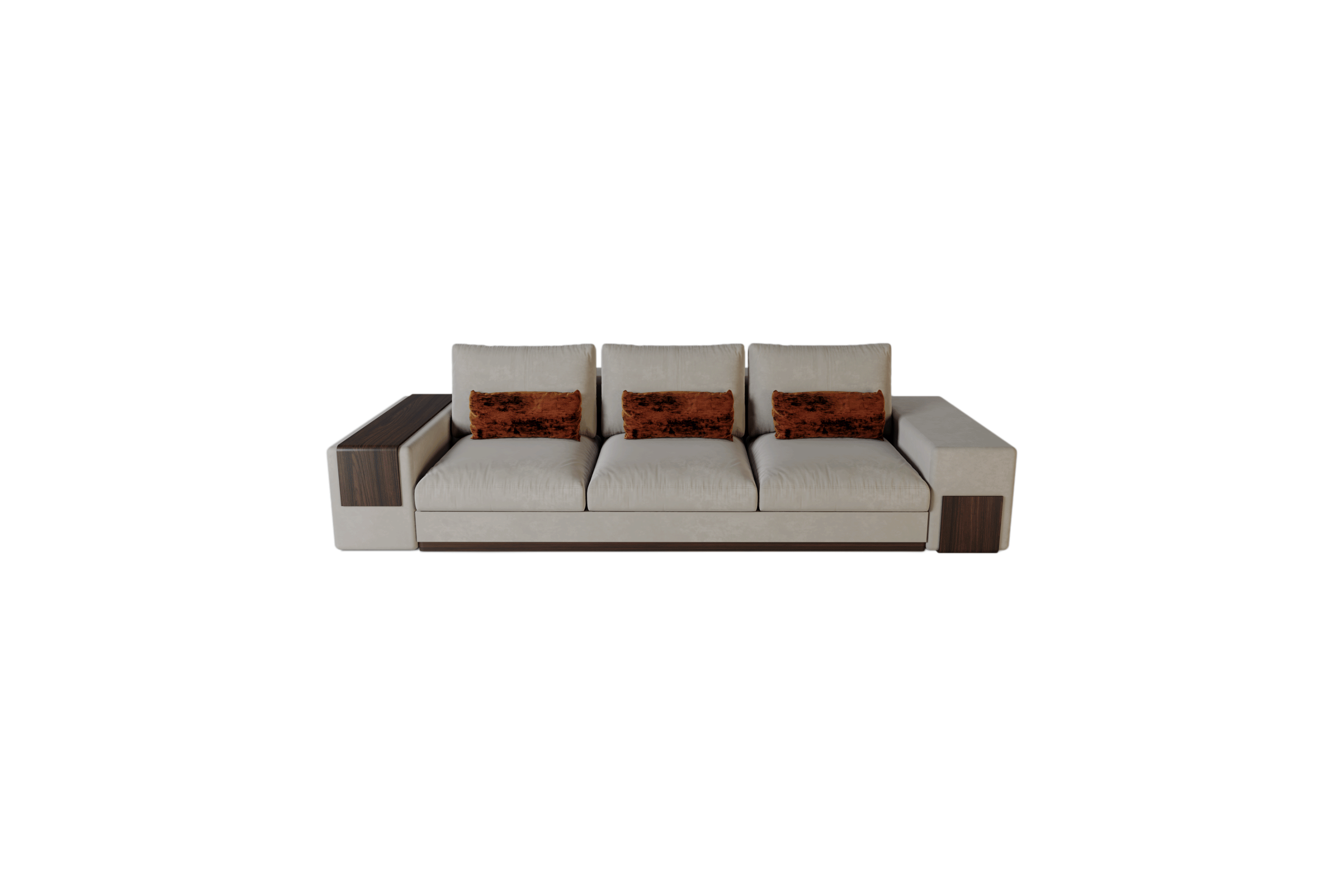
Lighting is one of the most important elements in architecture as it has the power to bring any space to life, whether natural or artificial. It is imperative to value the role of lighting in enhancing or detracting from a room's decor. Neglecting this crucial element can result in lifeless areas devoid of visual focus.
For instance, relying solely on a central light source can create unwanted shadows and fail to highlight specific elements. To create a layered lighting effect, incorporate various light sources such as wall lamps, lampshades, recessed lighting, and natural light. This will significantly enhance the room's appearance and functionality, making it more inviting.
Proportion and balance are crucial in interior design. A common misconception is that a large home requires an abundance of furniture and decorative elements, but this can actually result in a cluttered and disorganized look. By limiting the number of decorative elements and prioritizing balance, a harmonious and well-designed space can be achieved. For example, overloading a home office with decorative objects can disrupt the intended purpose of the space, which is to facilitate concentration and creativity.
To strike a balance between rich decoration and simplicity, use meaningful pieces that complement each other and create cohesive groupings. Each element should have a specific purpose. Remember, less is more.

Choosing a monotonous colour palette can result in dull and lifeless spaces that lack vitality. Without contrast between colours, the visual perception can be flat and uninteresting, without any highlights or areas of interest. Therefore, it is crucial to diversify the chromatic range to create an engaging atmosphere.
While neutrals can be excellent, they must be used appropriately, or they can leave the space feeling bleak and austere. The strategic introduction of pops of colour can make all the difference. Designers can easily add vitality to a room by incorporating elements such as cushions, rugs, or decorative pieces. The Cappadocia stool from ALMA de LUCE is a perfect example of a vibrant piece of furniture that can break up monotony and add a touch of elegance to any space.
By avoiding monochromatic colour schemes, designers can create more dynamic and attractive spaces that provide a richer visual experience for those who inhabit or visit the room.
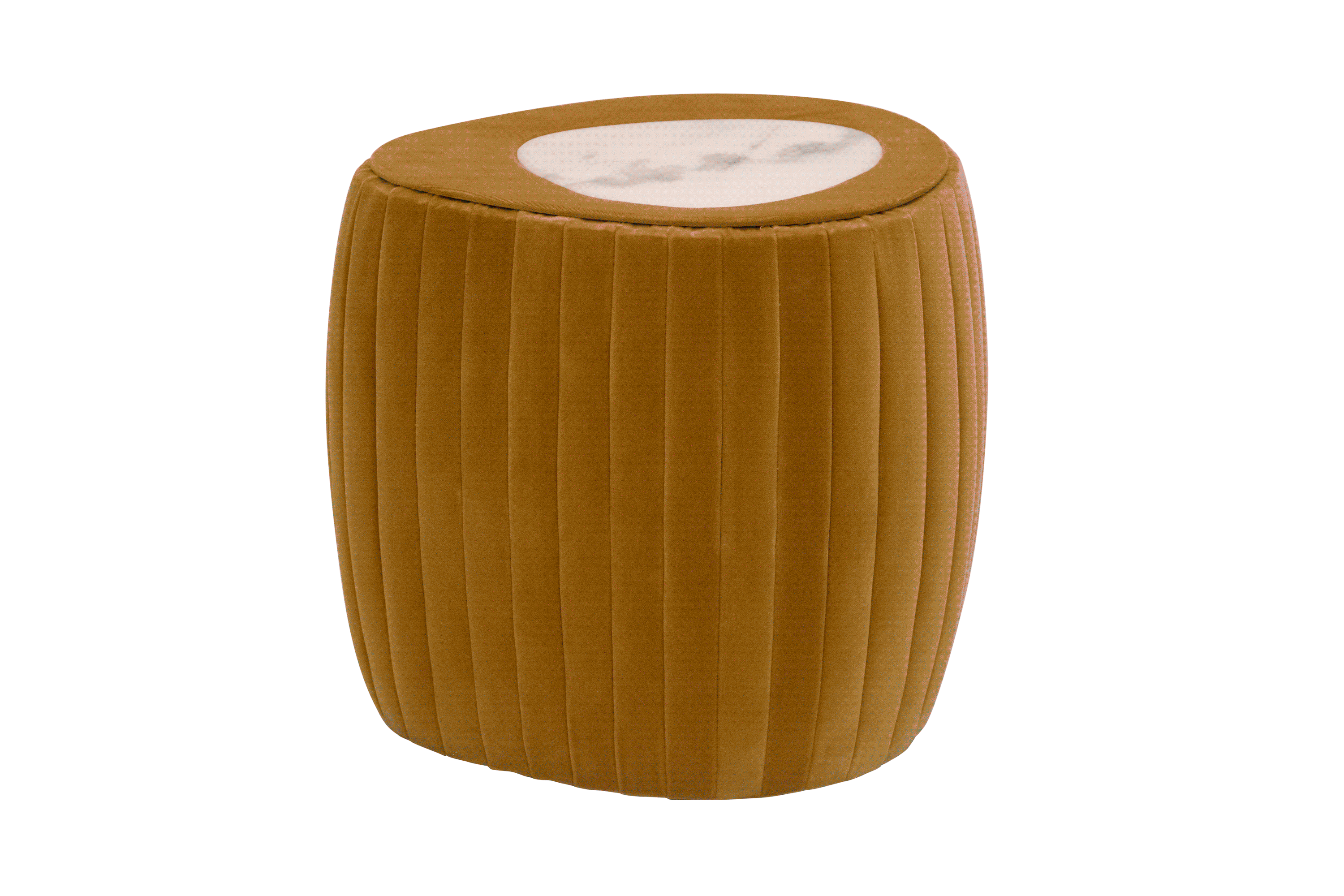
The budget is a crucial factor in the success of any interior design project. Neglecting your client's financial limits can result in hasty decisions and jeopardize their satisfaction. By keeping the budget in mind, interior designers can offer a more positive experience for clients, guaranteeing the successful completion of the project within the set financial expectations.
Establishing a practical budget that considers the client's expectations and the project's scope is one of the crucial initial stages of the interior design process. Maintaining honest and transparent communication with the client throughout the process is equally important.
When it comes to design, following the latest trends may seem like the easy option. However, this can lead to generic results that fail to capture the client's unique personality and style. Therefore, it's crucial to thoughtfully consider which trends to adopt and how to incorporate them in a way that enhances the overall design.
It's important to remember that trends are fleeting and can quickly become outdated, resulting in costly updates.
Finally, only some trends fit every space. To create a visually harmonious space, it is crucial to balance trends with the room's architecture and function.
Adopting trends in moderation while preserving the design's durability is key. If a trend is incorporated, it must be adapted to align with the client's style and the project's overall aesthetic. To ensure coherent implementation of trends without overloading the space, creating a moodboard at the start of a project is essential.
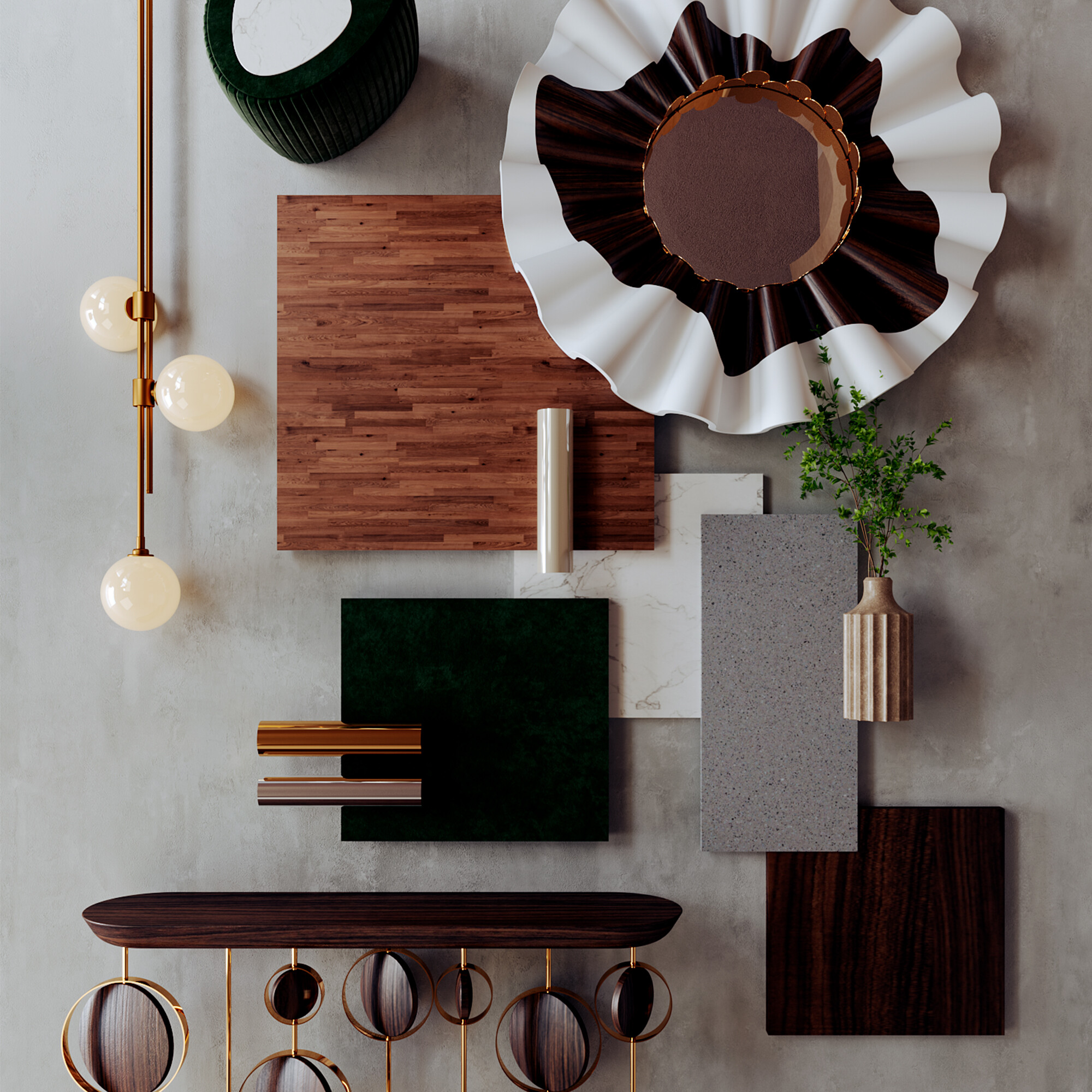
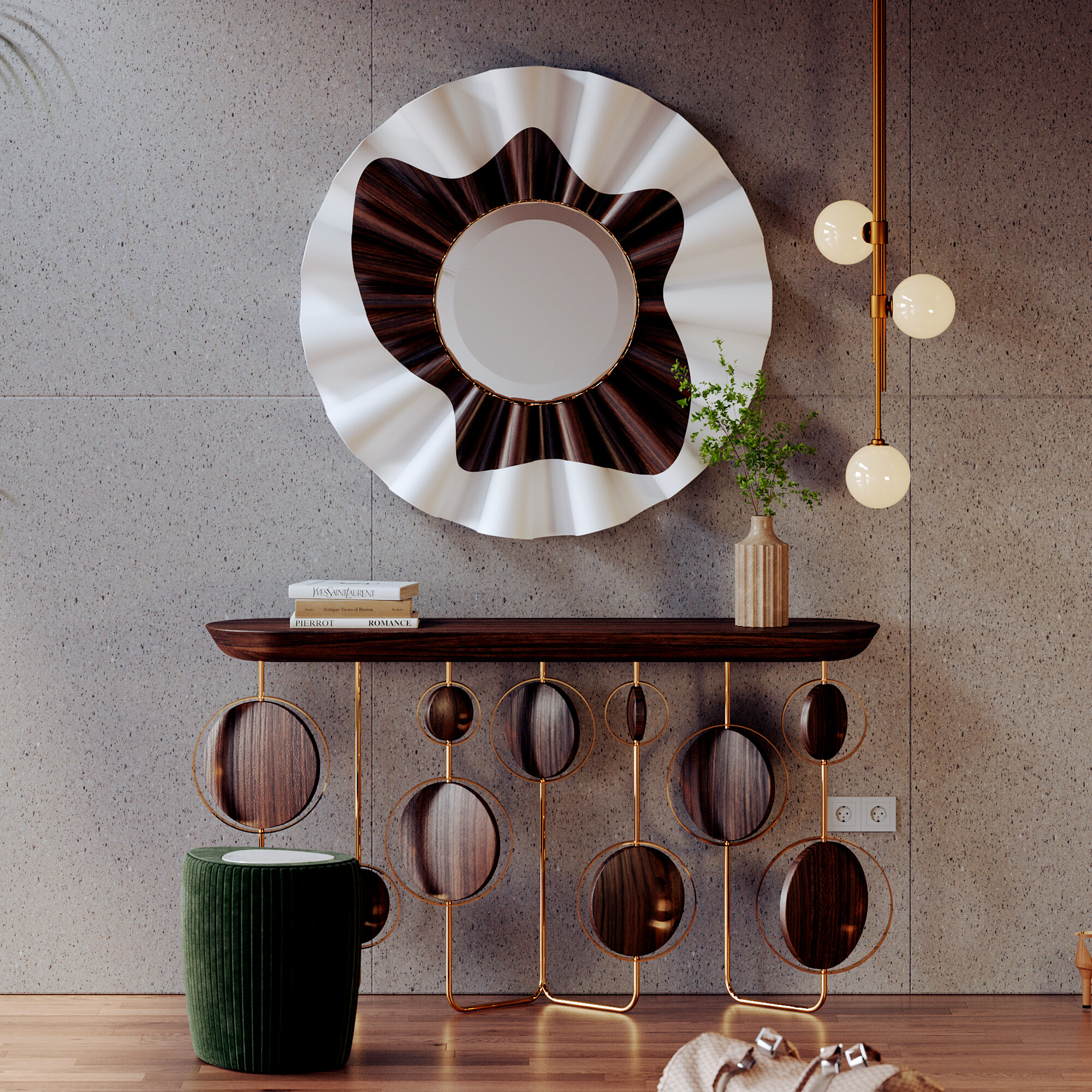
By understanding the importance of meeting the client's needs, planning precisely, enhancing each visual element, and balancing all the elements, you will guarantee the success of each project. Remember that interior design should reflect who your clients are and their lifestyle, making the home a truly welcoming and harmonious place.
Stay tuned to our blog for more information and curiosities in architecture, interiors, and design! Also, you can follow us on Instagram, Facebook, and Pinterest to get inspiration about interior architecture styles, furniture, materials, and finishes!